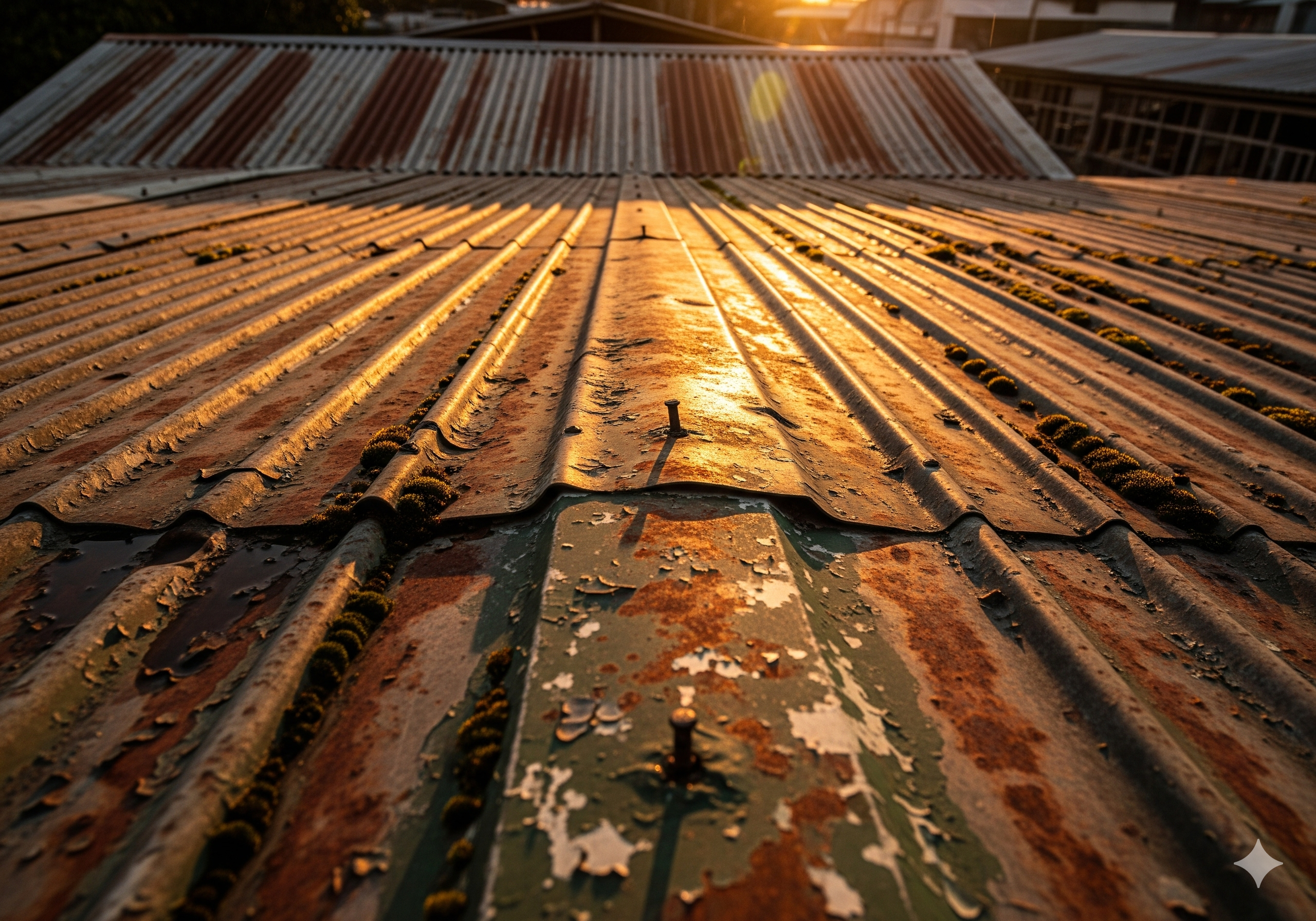Many homeowners ask how long a metal roofing lasts before making this investment. High-quality roofing contractors understand that several factors determine a metal roof’s lifespan. The quality of materials, proper installation, environmental conditions, and regular maintenance all play important roles. Roof design and climate conditions also affect how long your metal roof will perform. This guide explains each factor that affects the durability and longevity of metal roofs.
Material Quality
The type and grade of metal used directly affect how long a metal roofing lasts. Premium materials like aluminum, copper, and galvanized steel resist rust and corrosion better than cheaper options. These materials handle harsh weather conditions without breaking down quickly. Thicker metal gauges provide better protection against impact damage and last longer. Choosing quality materials upfront reduces maintenance costs and extends your roof’s life significantly.
Installation Techniques
Proper installation techniques are essential for the longevity of a metal roof. The roof must be correctly aligned and securely fastened to prevent movement. All seams and joints need proper sealing to stop water from getting in. Good ventilation prevents moisture buildup that causes rust over time. Using the right flashing materials around chimneys and vents protects vulnerable areas from leaks.
Environmental Factors
Weather conditions greatly impact how long your metal roof will last. Extreme temperatures cause metal to expand and contract, potentially leading to warping or cracking. High humidity speeds up corrosion and rust formation on metal panels. Coastal areas with salt air or industrial zones with pollution cause faster deterioration. Taking protective measures against these environmental challenges helps extend the roof’s lifespan.
Maintenance Practices
Regular maintenance keeps metal roofs performing well for decades. Here are four important maintenance tasks:
- Regular Inspections: Check your roof twice yearly to catch problems early.
- Cleaning: Remove debris, dirt, and organic matter to prevent corrosion damage.
- Gutter Maintenance: Keep gutters clear to prevent water backup and potential leaks.
- Coating Reapplication: Apply protective coatings periodically to maintain weather resistance.
Roof Design
Smart roof design choices significantly impact metal roof performance and lifespan. A proper slope allows water to drain efficiently, reducing pooling and leak risks. Good drainage systems prevent water accumulation, which can lead to corrosion problems. Selecting appropriate materials and coatings during the design phase extends roof life considerably. Well-designed metal roofs maintain structural integrity and performance for many years.
Climate Variability
Different climate conditions affect metal roof durability in specific ways. Consider these four climate factors:
- Temperature Changes: Extreme heat or cold causes metal expansion and contraction, potentially causing damage.
- Humidity Levels: High humidity accelerates corrosion processes, shortening roof lifespan.
- Rainfall: Heavy rain or snow can cause water buildup, leading to rust and structural problems.
- Wind Speed: Strong winds can lift or damage metal roof panels, making them loose or broken.
Understanding how these climate factors interact with your metal roof helps you take steps to protect your investment and extend its useful life.
Related Topics:

